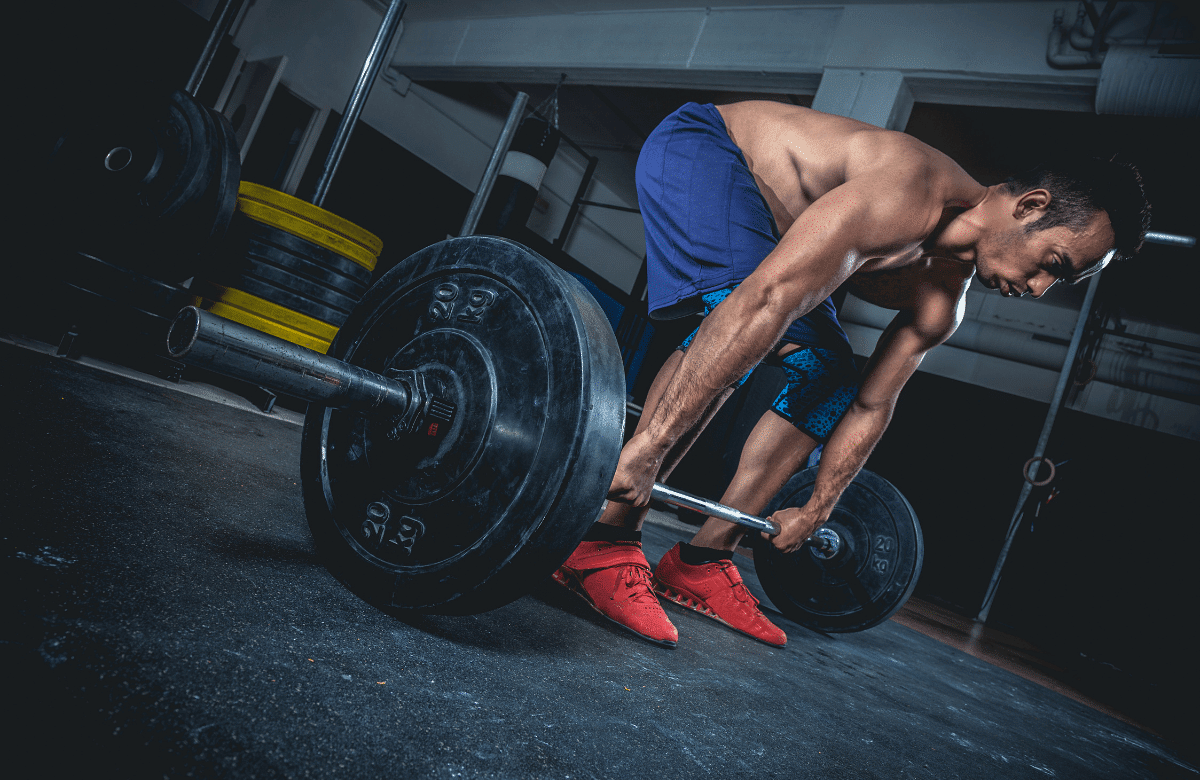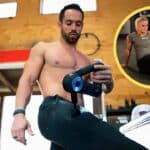When programmed and performed well, Romanian Deadlifts (RDLs as we’ll refer to them in this article) are one of the most effective ways to build the strength and power of the posterior chain. But do you really know how to do RDLs? They’re an excellent exercise, but one that is often butchered.
In this article we’re going to go into depth on RDLs. We’re going to look at how to do RDLs. We’ll talk about how to program them, avoid common faults and finally, how to get the most from them.
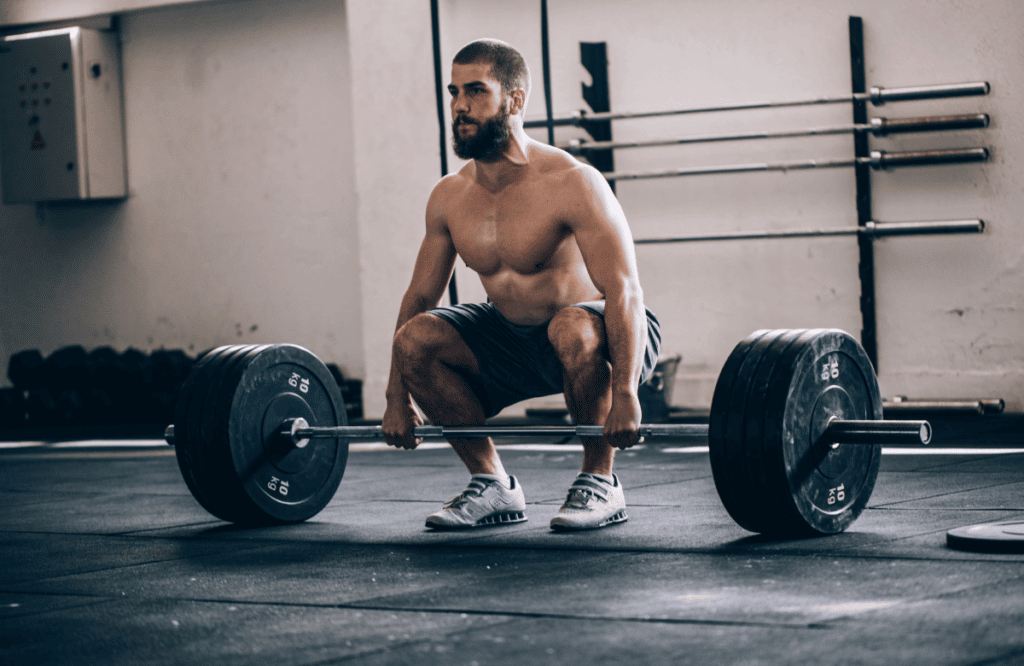
Jump to:
- An Overview of The Romanian Deadlift (RDLS)
- How to do RDLs: Benefits of Romanian Deadlifts
- How To Perform RDLs
- RDLs Technique Breakdown
- Common Faults in RDLs – and how to fix them
- Improving RDLs if you don’t have a coach
- Common accessory exercises to improve your RDLs
- RDLs add beneficial variety to training
An Overview of The Romanian Deadlift (RDLS)
RDLs were only popularized in the 90’s. In 1990, legendary Romanian weightlifter Nicu Vlad and his coach Dragomir Cioroslan were invited to Jim Schultz’s (US Olympic Weightlifting Coach from 1980-1992) Sports Palace gym in San Francisco.
The story goes they ran a weightlifting clinic, and then Vlad trained. One of the exercises he performed was a ‘hybrid’ deadlift. To the athletes present, it was a sort of half standard, half stiff-legged deadlift.
When questioned on it, Vlad said it was an exercise he and Cioroslan had invented to strengthen his back. They didn’t think it was a big deal – they hadn’t even named it! It then became known as the ‘Romanian Deadlift’ and has been a staple of lifting ever since.
Romanian Deadlift vs Conventional Deadlift
There’s a lot of confusion between the two types of lift. The waters are muddied further when you throw in stiff legged deadlifts as well.
We’ll go into more detail on how to do RDLs later, but for now we’ll separate them with the descriptions…
- RDLs load the posterior chain – hamstrings, glutes and lower back. There’s very little quad engagement
- Conventional deadlifts involve far more quad engagement – they distribute load between the quads and lower back, with significant support from the glutes
- Stiff legged deadlifts isolate the hamstrings and lower back, with support from the glutes. To the untrained eye they look very close to RDLs
So with that in mind, let’s look at the science that leads us to these conclusions…

Muscles Worked by RDLs
There has been significant electromyographic analysis of the different types of deadlifts. This allows us to see which muscles are actually engaging and working during an exercise, and to what degree.
We know from a study published by Isabel Martín-Fuentes in 2020 that…
“…posterior thigh muscles show greater muscle activity when performing exercises that hold the knees on a fixed and extended position (e.g. Romanian Deadlift or Straight Leg Deadlift). On the contrary, whether your goal is to maximize anterior thigh and lower back muscle activity, Deadlift would be the exercise of choice.”
McAllister et al looked at ‘Muscle activation during various hamstring exercises‘ in 2014 and concluded that…
The main findings of this investigation are that the semitendinosus is substantially more active than the bicep femoris among all exercises, and hamstring activity was maximized in the RDL. Therefore, athletes and coaches who seek to maximize the involvement of the hamstring musculature should consider focusing on the glute-ham raise and RDL.’
These findings are echoed around the research, so lead us to believe the conclusions are solid.
How to do RDLs: Benefits of Romanian Deadlifts
The main benefits of RDLs focus around the hamstring and general posterior chain strength. When you add these kinds of movements into your training routine, you have both rehab and performance benefits.
Research by Tataryn in 2021 looked at the use and benefits of posterior chain strengthening for lower back pain. They concluded that…
‘Results of the meta-analysis indicated that 12-16 weeks of Posterior Chain Resistance Training (PCRT) had a statistically significantly greater effect than General Exercise on pain, level of disability and muscular strength, with no significant difference in the number of adverse events for recreationally active and sedentary patients with Chronic Lower Back Pain.’
In terms of performance benefits, a strong posterior chain helps athletes to generate more force for sprinting, throwing and general lifting. There’s also a very literal translation into other Olympic lifting and powerlifting, when the lifts are performed with a heavy load.
How To Perform RDLs
The Romanian deadlift is one exercise I see butchered in the gym, so it’s important to take the time to study it. Here’s how it’s done…
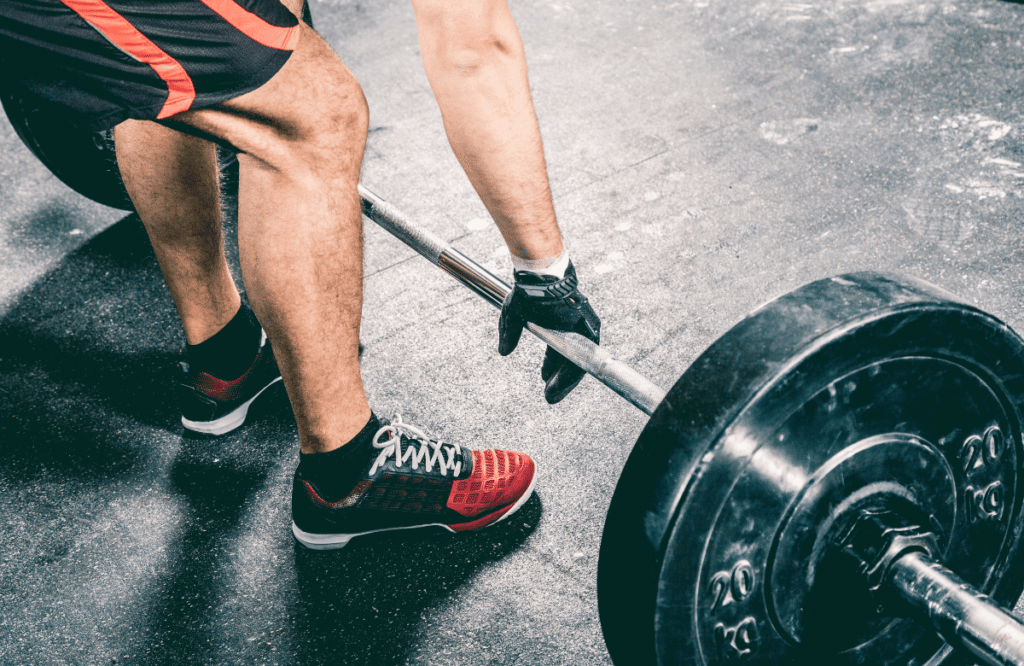
RDLs Technique Breakdown
We’re looking at a ‘hybrid’ lift here – there’s a slight bend at the knee, but no more. When the knee is in position, it’s fixed. Unlike the conventional deadlift where there’s much more movement at the knee joint.
The bar is kept close to the legs as we lift as well, as opposed to the stiff legged deadlift where the bar is allowed to move further away from the legs.
RDLs Stance
Keep your feet hip width apart. Your knees should track straight in front of you only – not out to the side. The entire movement is governed by hips moving forwards and backwards, with the posterior chain muscles loaded and engaged throughout.
RDLs Grip
You can perform RDLs with any form of grip – overhand, mixed, underhand, hook – whatever you like. A firm grip is required.
How to do RDLs – the movement sequence
Some coaches argue that RDLs start thigh-high from the squat rack, others don’t mind. It’s up to you – go with whatever is comfortable.
When you’ve set your feet and gripped the bar, it’s time to move!
- With the bar in hand, make sure you’ve got space to move
- Initiate the movement by pushing your hips back and setting your knees at the correct angle
- Tilt your torso forward, keeping your arms straight throughout the movement. Maintain movement control
- Don’t allow your knees to bend beyond a small degree (see video below for guidance of what is acceptable)
- Track the bar close to the legs as you tilt your torso, keeping your back straight throughout
- Keep lowering the bar, feeling the glutes and hamstrings carrying the load. When you reach as low as your flexibility allows, return to the start position under full control
- Repeat as many times as required
Common Faults in RDLs – and how to fix them
There’s a few common faults in RDLs – here’s what they are and how you can fix them in your own lifting…
Misfiring movement sequence
One of the common faults is when people get their movements wrong. At the bottom of the RDL, some people have bent their legs too much, so they ‘shoot’ them back up straight. This puts a lot of extra pressure on the lower back, risking injury.
You fix this by ensuring your legs maintain the same slight knee angle throughout the lift. Performing the RDLs slowly, with a light weight often helps lifters correct this fault quickly.
Rounding the back
This is common in all kinds of deadlift variations, never mind RDL variations! Rounding the back, especially at the thoracic spine region (mid-upper back) increases your risk of injury if you don’t have the necessary muscle strength to cope with it.
The common fix I use is to almost exaggerate the strength and stiffness of the lumbar spine (lower back). I do this by setting the lifter in the low position of the RDL, so their torso is parallel with the floor. I then get them to imagine they’ve got a jug of water on their lower back, and they’ve got to keep it balanced there. That helps them to focus on keeping their lower back flat.
By creating additional lumbar stiffness, there’s generally a knock-on effect for the upper back.
If this doesn’t work, I use a lot of verbal cues. A good one makes the lifter squeeze their shoulder blades together. It works because this is impossible to do with a rounded back!

Excessive range of movement – lose form
The RDL requires strict form in order for it to be as effective as possible. If you move too far with the lift, going beyond a range of movement that your flexibility and mobility can cope with, you lose form. This can be in the form of rounding the back, or bending the knees.
Fix this by watching yourself lift in the mirror. When your form breaks down, stop the lift.
Going too heavy and letting form get sloppy
The ultimate in ego mistakes… lifting too heavy. How many times have we seen that?!
The RDLs, or any deadlift technique for that matter, will suffer when you try to lift too much weight. In the case of RDLs, it’ll compromise your hip hinge motion, pulling you into a compromised position and increasing your chance of injury.
Keep the weights appropriate. Focus on the range of motion used, your body position and execute perfect technique. You can always add more weight later.
Improving RDLs if you don’t have a coach
The best and fastest way to improve your RDLs is with a coach, but what if that’s not possible? Here’s a few solutions…
Film yourself performing RDLs
This one is easy to do now. Film yourself with your phone as you lift. Invest in a tripod, prop it on your bumper plates etc. It’s vital that you keep the camera stable as you’re lifting.
You can review the footage afterwards, moving through it slowly. You can check for common faults such as excessive knee bending, back rounding etc. You also get to see exactly at what point your technique goes wrong. This helps you to identify the fix.
You can also see how your form copes with the heavier weights.
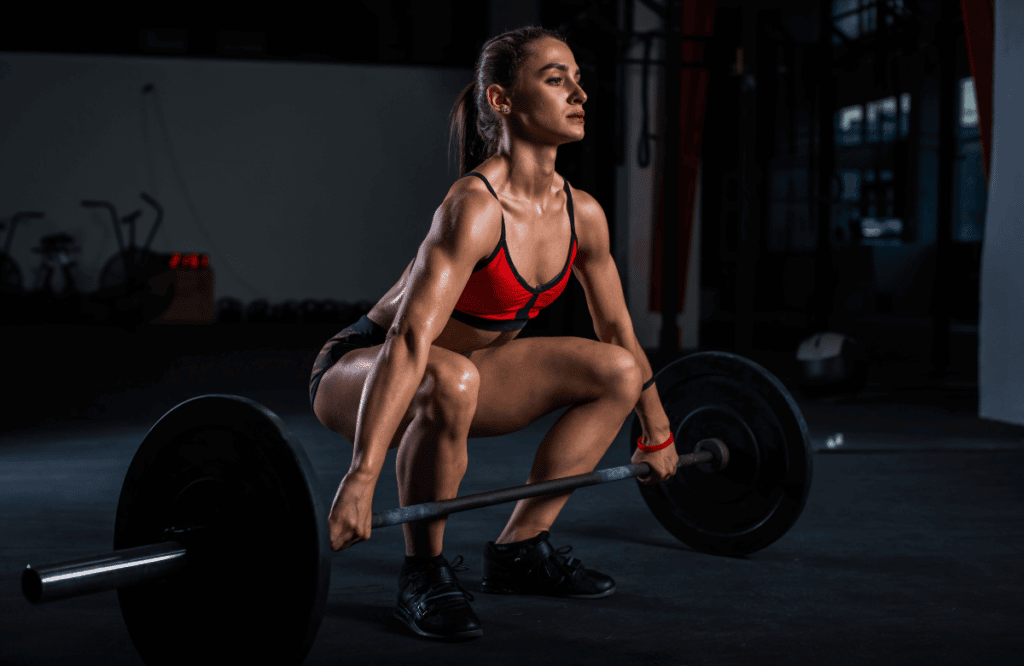
Lift lighter and build up weight more slowly
If you don’t have a coach to guide you to perfect technique, start with lighter weights, and build up slowly. You can increase load over time, but start with a weight appropriate to your current skill level. As you improve your strength, your form will improve too.
Combine lighter weights with the filming tip to ensure rapid progress.
Read resources and watch videos
Lifters are blessed with access to more information on technique than ever before. With websites like this one, YouTube, books etc, you have huge amounts of resources available to help you build up to proper RDL form.
Study the material, practice the movements and you’ll correct faulty movement patterns and improve your RDL technique quickly.
Common accessory exercises to improve your RDLs
All athletic movement is benefitted by complimentary supplemental exercise. A good strength training program is enhanced by accessory exercise that works with, and improves the main lifts.
Here are a few compound exercises that will help your RDLs…
Conventional deadlifts
The most traditional deadlift, this is a great way to practice the hip extension, hip hinge and fundamental movement pattern that you’ll use with RDLs. It’s also a great way to improve your general strength. This will cross over into RDL strength.
Kettlebell swings
This is my personal favorite hip hinge exercise. It trains the hip thrust movement, activates the hip extensors, the glute muscles and the hamstrings. It’s also an exercise that encourages a hip extension with straight-ish legs, so compliments RDLs.
Hyperextensions
These are a way of building the lower back and hip strength, allowing your lower body strength to improve without much of an injury risk. It’s also an opportunity to activate the glutes, which are another important muscle for RDL technique.
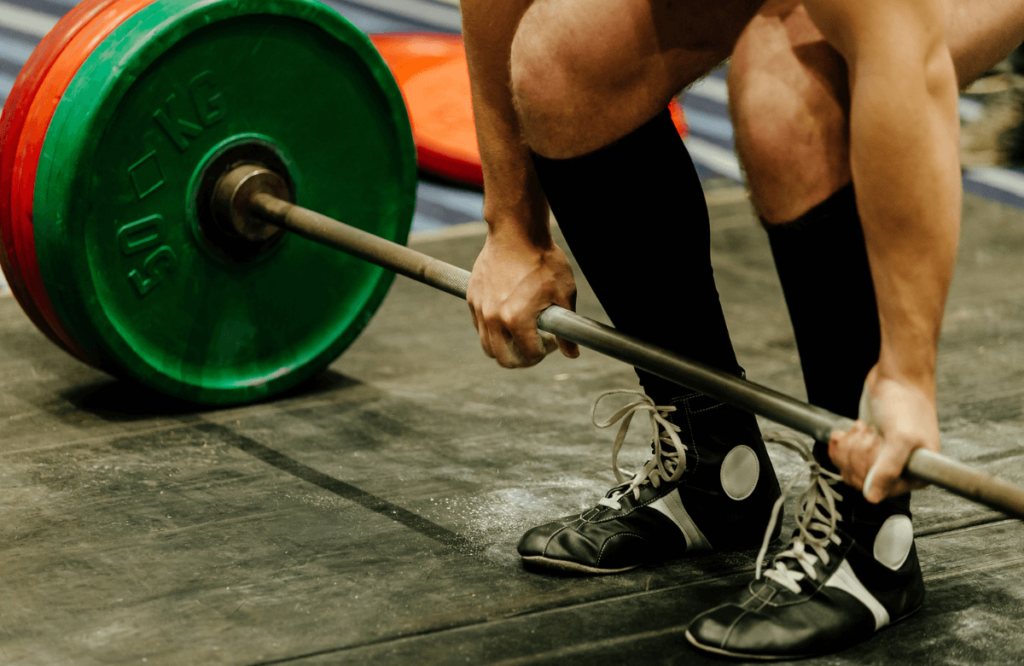
RDLs add beneficial variety to training
Making RDLs a fundamental part of your training will see you benefit from injury prevention, strength improvements, improved athleticism and greater muscle building. It’s also a fantastic variation to help you train the posterior chain.
Program them as one of your main lifts in a session. They’re best used in a mid-rep range. Anywhere between 5-8 reps, across 4-6 sets. Go too heavy and you risk injury. Too light and you lose a lot of the training benefits.
Now you know how to do Romanian deadlifts, it’s time to get them into your training!



